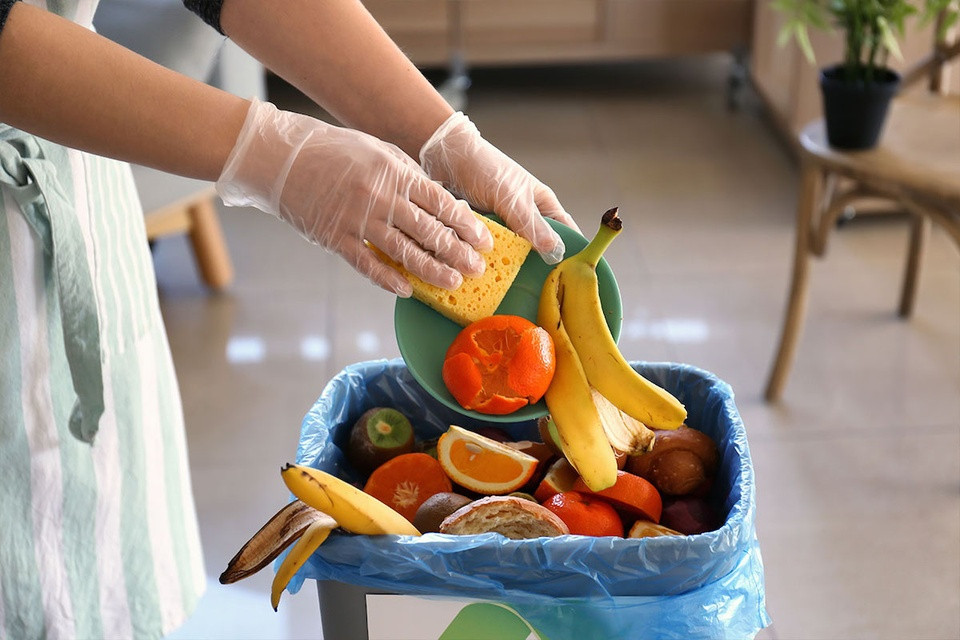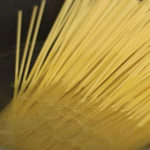 |
|
There are many ways to limit food waste. Photo: American Organic Energy. |
1. Take advantage of leftovers to make other dishes
Children often leave small portions of food, such as broccoli, strawberries, or chicken breast, when they are full. Utilizing these leftovers can lead to significant savings. Leftover fruits can be used to make refreshing smoothies.
Alison Tozzi Liu, an editor at the James Beard Foundation and a mother of two, suggests making fried rice with leftovers. Fried rice is a versatile dish that can incorporate various ingredients, such as spinach, meat, ginger, and garlic, from the fridge.
2. Store leftovers in the freezer
The freezer is a valuable tool for preserving leftovers and preventing spoilage. Leftover food and vegetables can be stored in the freezer to maintain freshness.
Lindsay-Jean Hard, author of “Cooking with Scraps: Turn Your Peels, Cores, Rinds, and Stems into Delicious Meals,” recommends planning meals and buying groceries in advance for the entire week, utilizing the freezer for storage.
3. Transform leftovers into seasonings
Saving leftovers not only helps the environment but also opens up new flavor possibilities. Lindsay-Jean Hard’s cooking book explores the potential of flavors in cooking. For instance, tomato peels can be used to create a unique salt, and aquafaba (the liquid left from cooking chickpeas) can replace egg whites while preserving flavor.
 |
|
You can use various fruit peels to create different seasonings. Photo: Food Tank. |
4. Repurpose leftover snacks
Leftover snacks can be repurposed by combining them in a large container to create a new snack mix. They can also be used as toppings for cereals or dried fruits.
5. Explore alternative options
According to a study by the Food and Agriculture Organization of the United Nations (FAO), approximately one-third of the world’s total food production is wasted, often due to appearance standards in supermarkets and grocery stores. However, these foods can still be delicious and edible.
You can consider purchasing fruits and vegetables that may not meet appearance standards but are still fresh from other markets. If mainstream stores do not sell these products, farmers’ markets may be a viable option. This approach also teaches children about the importance of reducing food waste.
Source: Zing






































